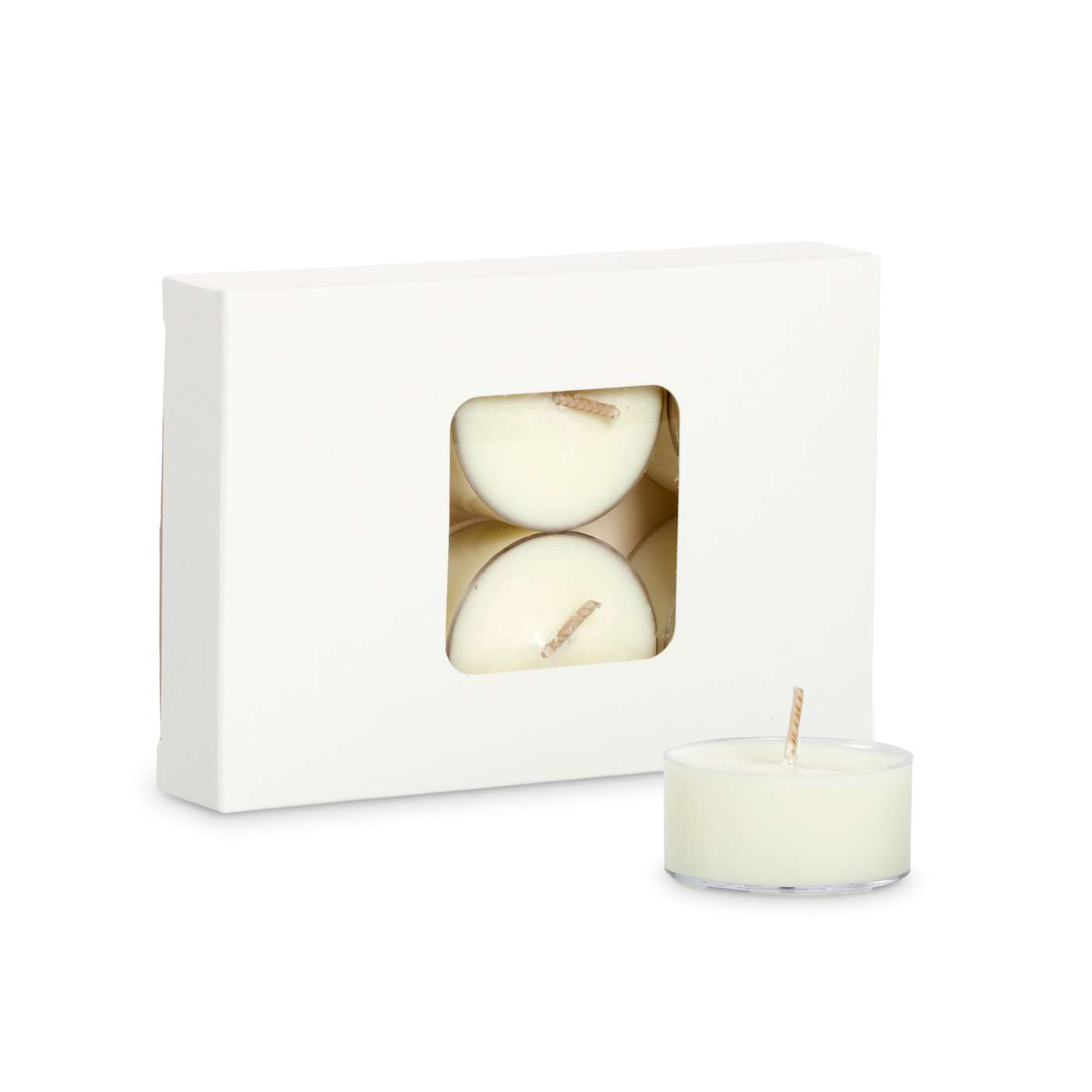Instill Your Home with the Fragrance of Crystal Soy Candles and Home Fragrance
Instill Your Home with the Fragrance of Crystal Soy Candles and Home Fragrance
Blog Article
From Wick to Wax: Understanding the Chemistry Behind Soy Wax Candles and Their Environmental Influence
As we illuminate our areas with the warm glow of candle lights, there exists a world of detailed chemistry behind the apparently simple act of lighting a soy wax candle light. The selection in between soy and paraffin wax prolongs beyond simple appearances, diving into the world of ecological impact and the very make-up of the materials. Understanding the molecular structure of soy wax and its combustion process clarifies the emissions launched into our surroundings. Join us as we decipher the scientific complexities behind soy wax candles and discover their effects on our setting.
Soy Wax Vs. Paraffin Wax
When comparing soy wax and paraffin wax for candle light production, it is important to comprehend the distinct characteristics and advantages of each material. Soy wax is a natural, sustainable source stemmed from soybean oil, making it naturally degradable and environment-friendly - soy candles. On the other hand, paraffin wax is a result of oil refining, which raises problems regarding its environmental influence and sustainability
Soy wax candles burn cleaner and send out less residue compared to paraffin wax candle lights, making them a healthier selection for indoor air top quality. Furthermore, soy wax has a reduced melting factor, allowing for a longer-lasting candle light that distributes scent better. Paraffin wax, on the other hand, has a tendency to burn faster and less easily, possibly launching hazardous chemicals right into the air.
From a sustainability perspective, soy wax is favored for its biodegradability and eco-friendly sourcing, aligning with the growing consumer choice for eco conscious products. While paraffin wax has actually been a typical choice in candle making because of its price and ease of use, the change towards eco-friendly choices like soy wax is acquiring energy in the sector.
Chemical Make-up of Soy Wax

Combustion Process in Soy Candles
The chemical composition of soy wax straight influences the burning process in soy candle lights, affecting aspects such as burn time, fragrance release, and environmental influence. When a soy candle is lit, the warm from the fire melts the wax near the wick.
The burning efficiency of soy candle lights is affected by the purity of the soy wax and the high quality of the wick. A clean-burning soy candle light with a correctly sized wick will certainly lessen and produce a constant flame soot development. This not just extends the burn time of the candle but additionally enhances the release of scents. In addition, soy wax candle lights have a reduced environmental impact compared to paraffin candles as a result of their eco-friendly and naturally degradable nature.

Ecological Advantages of Soy Wax

Thought about a lasting alternative to typical paraffin wax, soy wax provides remarkable environmental advantages that make it a preferred choice amongst eco-conscious customers. One significant advantage of soy wax is its eco-friendly sourcing. Soy wax is originated from soybean oil, which is primarily grown in the USA. The cultivation of soybeans assists sustain neighborhood farmers and reduces the reliance on non-renewable fossil gas made use of in paraffin wax production. Additionally, soy wax is naturally degradable, suggesting it damages down normally without releasing damaging contaminants into the environment. This particular makes soy wax candle lights a more ecologically pleasant option compared to paraffin wax candles, which are made from oil, a non-renewable resource. Soy wax burns cleaner and generates much less residue than paraffin wax, adding to much better indoor air quality and decreasing the need for cleaning and upkeep. On the whole, the ecological advantages of soy wax straighten with the expanding demand for sustainable and green products in the marketplace.
Recycling and Disposal Factors To Consider
Recycling and correct disposal of soy wax candle lights play a vital role in keeping environmental sustainability and lowering waste in areas and families. read here When it concerns reusing soy wax candles, the very first step is to ensure that the candle light has melted completely. This can be attained by enabling the candle to melt up until the wick is no more useful, and afterwards letting the continue reading this continuing to be wax cool and solidify. When the wax has actually strengthened, it can be very carefully gotten rid of from the container.

In terms of disposal, if recycling is not an alternative, soy wax candle lights are naturally degradable and can be safely disposed of in most house waste systems. Nevertheless, it is always recommended to consult regional recycling facilities or waste monitoring services for specific standards on candle disposal to ensure correct handling and environmental management.
Verdict
In conclusion, the chemistry behind soy wax candles exposes their environmental advantages over paraffin wax candles. Soy wax, acquired from soybean oil, burns cleaner and generates less soot when compared to paraffin wax.
When comparing soy wax and paraffin wax for candle making, it is crucial to understand the distinct qualities and benefits of each product (home fragrance).Soy wax candles shed cleaner and send out much less residue contrasted to paraffin wax candle lights, making them a much healthier selection for indoor air quality.Taken into consideration a sustainable option to traditional paraffin wax, soy wax provides noteworthy environmental benefits that make it a popular choice among eco-conscious customers. Soy wax burns cleaner and generates much less residue than paraffin wax, contributing to better indoor air top quality and lowering the demand for cleansing and maintenance.In conclusion, the chemistry behind soy wax candles discloses their environmental official statement benefits over paraffin wax candles
Report this page